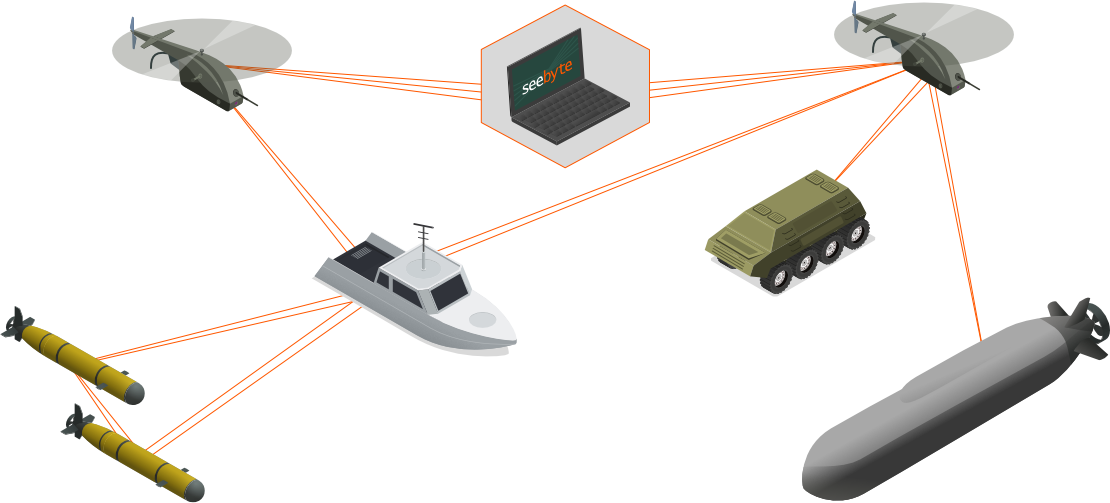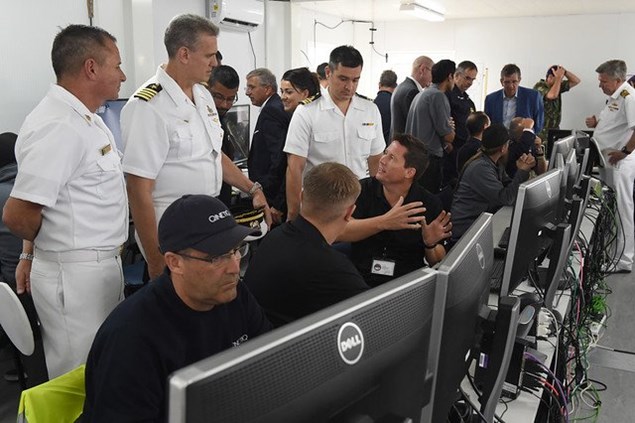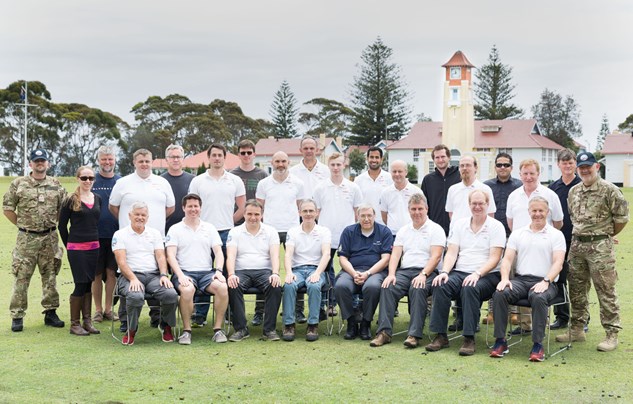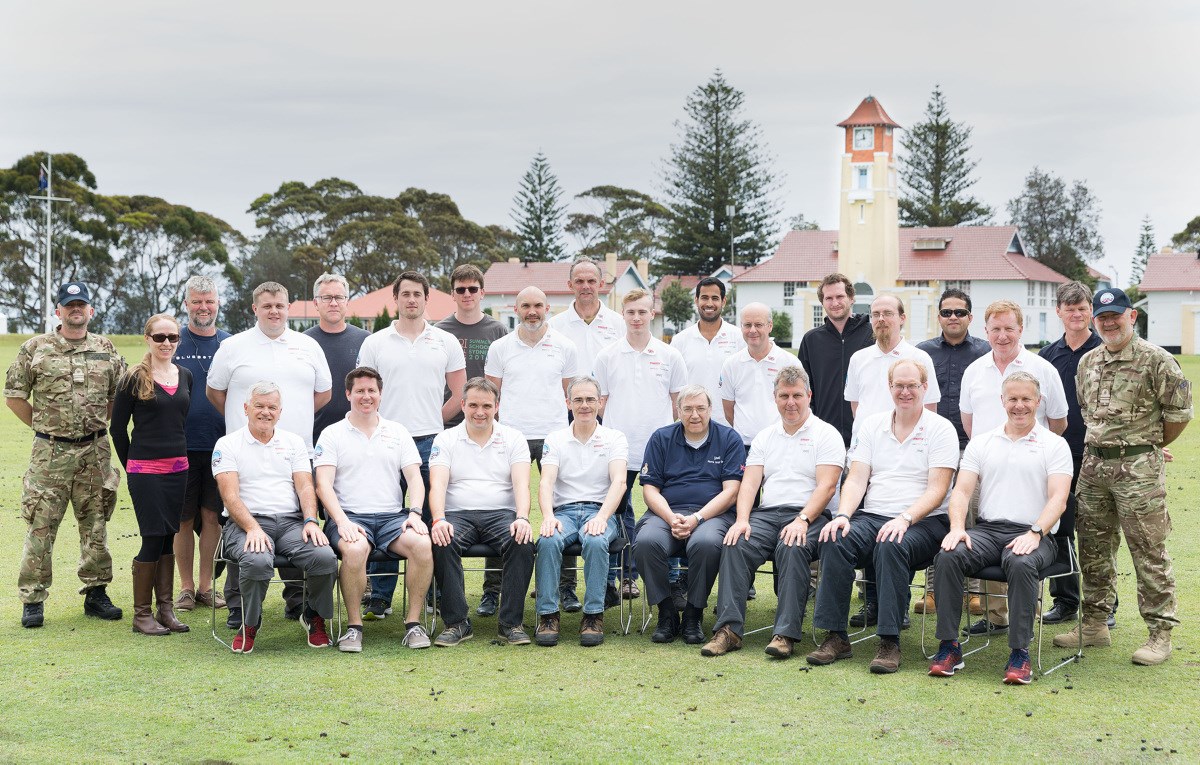As more nations are acquiring and integrating uncrewed systems across all vehicle domains (air, ground, sea, and subsea), the use of platform-specific command and control systems is raising issues around initial cost, physical space, logistical support, and interoperability.
One of the most efficient means to resolve these issues is the development of a single command and control system with the capability to manage uncrewed platforms regardless of their domain. Critical to this central command and control system is development of a common service-oriented architecture and supporting open interfaces. This approach ensures that the operational tempo is maintained without an increase in crew size.

Our approach
SeeByte software development has been based on open, service-oriented architectures since the release of SeeTrack v3 in 2005. Our commercially controlled open architectures offer open interfaces for the underlying logical data model to provide a framework to build upon. We are involved in various international efforts, including NATO STANAG 4586, 4817, and SCI-288, in an effort to increase the level of interoperability across nations.
Flexible toolkit
Our command and control solutions build upon these components to allow rapid development of new solutions. Providing a flexible toolkit of core components (such as GIS, Data Core, Messaging Middleware) allows new developments to focus on their unique requirements.
Standardisation across domains
The ability to leverage a set of common tools for analysis and planning, irrespective of domain, aids in reducing management complexity and operator load. The development of uncrewed systems has consistently shown the risk of both increasing crew size and increasing skill level. Common tools can minimise crew size without impacting on operational tempo.
Scaling to different platforms
Our fully supported Software Development Kits (SDK) reduce transition times by integrating third-party hardware, or software modules. This enables vendors to rapidly integrate their platforms, and users to take advantage of each of the platform’s unique capabilities.

Case Studies
Overview
SeeByte supported NavyX, alongside Dstl and our MAPLE Partners at NATO REPMUS Exercise in Portugal, designed to test the interoperability of uncrewed maritime systems (UMS) technologies and the procedures and tactics for UMS used by NATO countries.
Demo
Central to the UK involvement, the team showcased rapid dynamic tasking of uncrewed air, surface and land vehicles, improving operational situational awareness by providing PMA data alongside the visualisation of the live tactical picture.
Result
Mixing force (operational units) with S&T, SeeByte was able to show a full tactical picture with a mix of assets from UK research through to the uncrewed systems from the US 6th fleet.
;
Our Engineering Manager, Matt Fitchett, pictured here delivering an overview of our C2 suite, to Capt. Curtis Larson, commander of Navy Expeditionary Combat Forces Europe and Africa (CTF 68).
The appearance of U.S. Department of Defense (DoD) visual information does not imply or constitute DoD endorsement.
Overview
Working with our partners on the Dstl MAPLE team (Thales, QinetiQ and BAE Systems), in a FVEY event, to demonstrate of MAPLE’s capabilities in a challenging environment.
Demo
Utilise the SeeByte developed MAPLE Data Core across the FVEY platforms by providing a central data store that handles large amounts of diversified data from any connected devices.
Result
SeeTrack provided operators with situational awareness of all operational areas and our Neptune software was used to plan and monitor live assets simultaneously across 4 domains (Air, Surface, Subsurface, and Land).

 Copyright: © Commonwealth of Australia 2018
Copyright: © Commonwealth of Australia 2018


